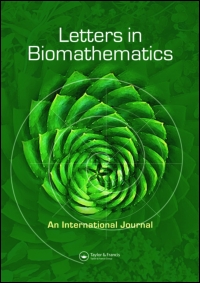How combination therapies shape drug resistance in heterogeneous tumoral populations
DOI:
https://doi.org/10.30707/LiB5.2PirettoKeywords:
Cancer modelling, Population dynamics, Drug holiday, Therapeutic protocols, Non-small cell lung cancerAbstract
Treatment of cancer relies increasingly on combination therapies to overcome cancer resistance, but the design of successful combined protocols is still an open problem. In order to provide some indications on the effectiveness of medical treatments, results from in silico experiments are presented based on a mathematical model comprising two cancer populations competing for resources and with different susceptibilities to the action of immune system cells and therapies. The focus is on the effects of therapies that affect the rate of cancer growth, as in case of chemotherapy, used alone or in combination with immunotherapy, which boost the action of the immune system. Simulations show that a standard dose chemotherapy is effective when the sensitive clone has a marked competitive advantage, whereas combination of immuno- and chemotherapy works better in all the other cases. These results stress the importance to take into account competitive interactions among cancer clones to decide which therapeutic strategy should be adopted. Next the analysis is extended to protocols involving a drug holiday, i.e. periods in which no drug is administered. Finally, the model has been adapted to investigate combination therapies for non-small cell lung cancer: simulation results show that administration of standard dose of Erlotinib (a tyrosine kinase inhibitor), alone, has quite the same effect as a low-dose combination therapy, but the latter produces a slower increase of resistant cells.
